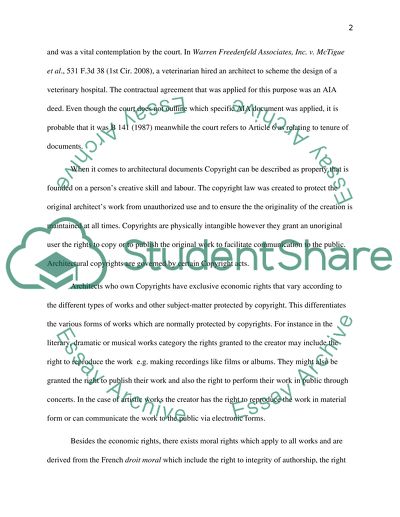Cite this document
(“Copyright and Intellectual Property in Architecture Term Paper”, n.d.)
Copyright and Intellectual Property in Architecture Term Paper. Retrieved from https://studentshare.org/architecture/1436743-attached-is-a-list-of-topics
Copyright and Intellectual Property in Architecture Term Paper. Retrieved from https://studentshare.org/architecture/1436743-attached-is-a-list-of-topics
(Copyright and Intellectual Property in Architecture Term Paper)
Copyright and Intellectual Property in Architecture Term Paper. https://studentshare.org/architecture/1436743-attached-is-a-list-of-topics.
Copyright and Intellectual Property in Architecture Term Paper. https://studentshare.org/architecture/1436743-attached-is-a-list-of-topics.
“Copyright and Intellectual Property in Architecture Term Paper”, n.d. https://studentshare.org/architecture/1436743-attached-is-a-list-of-topics.


